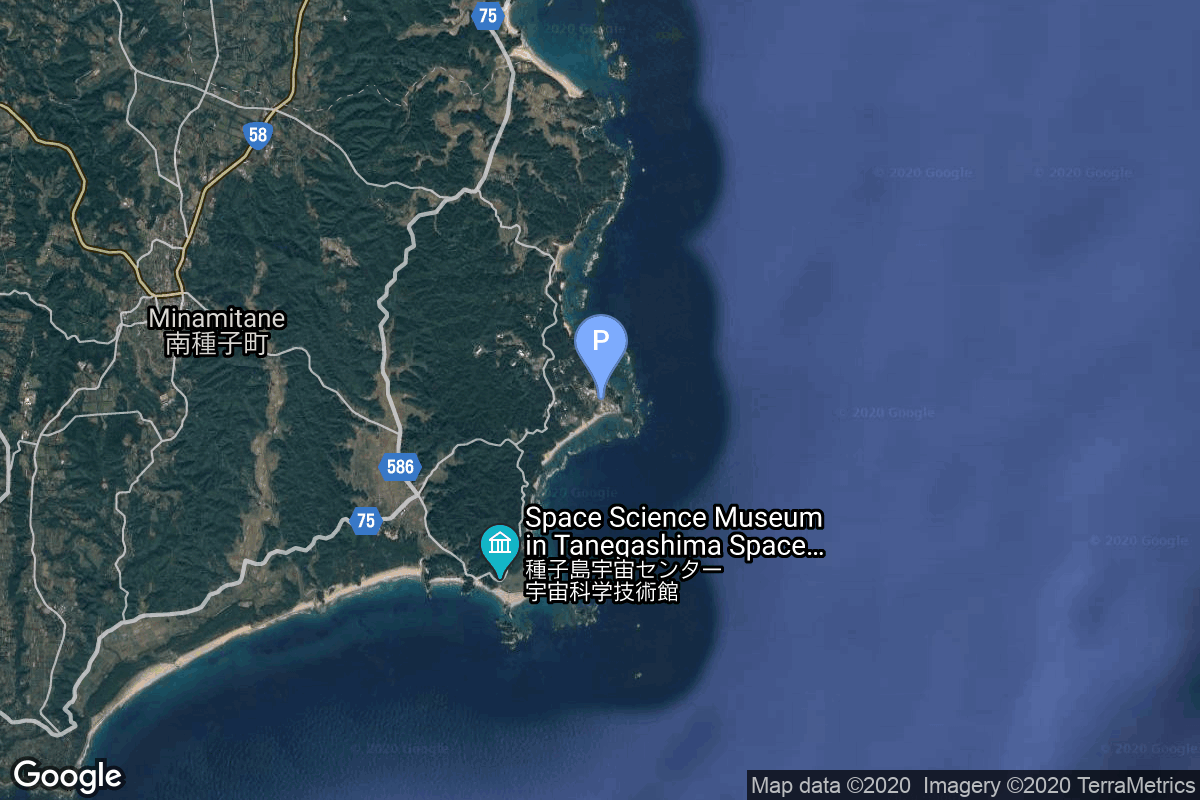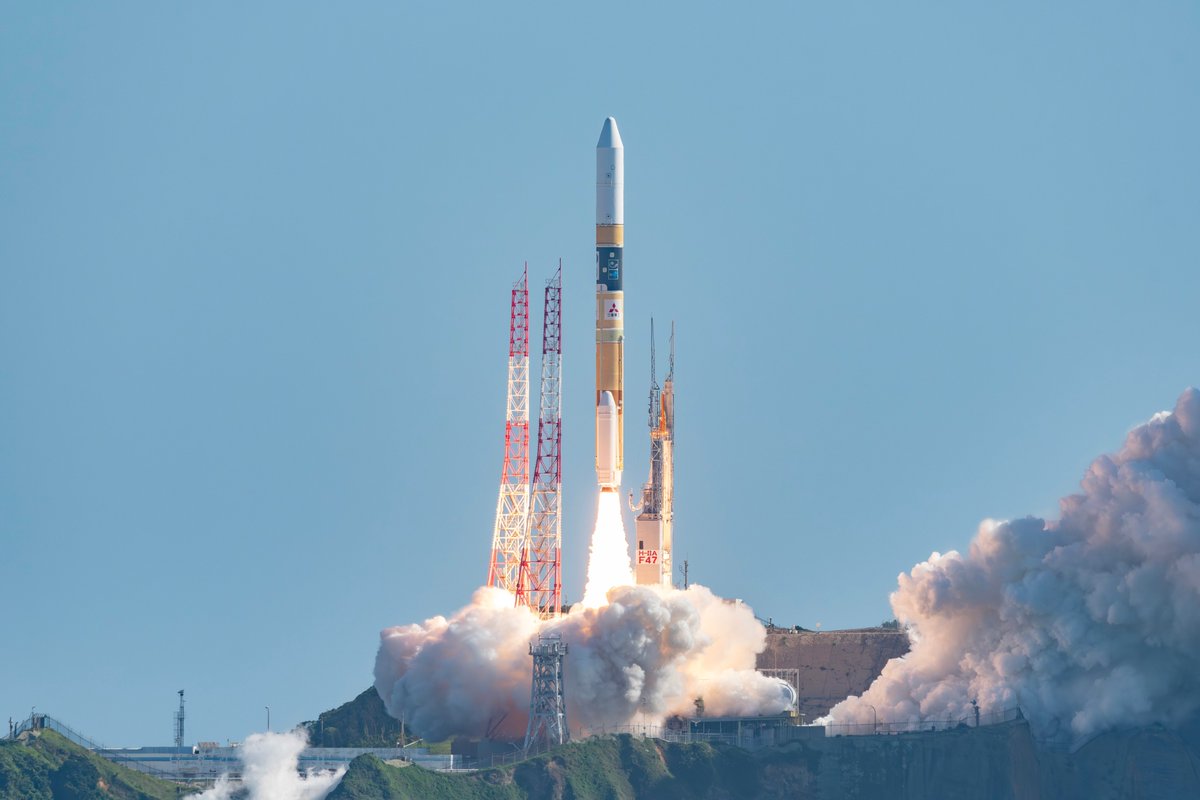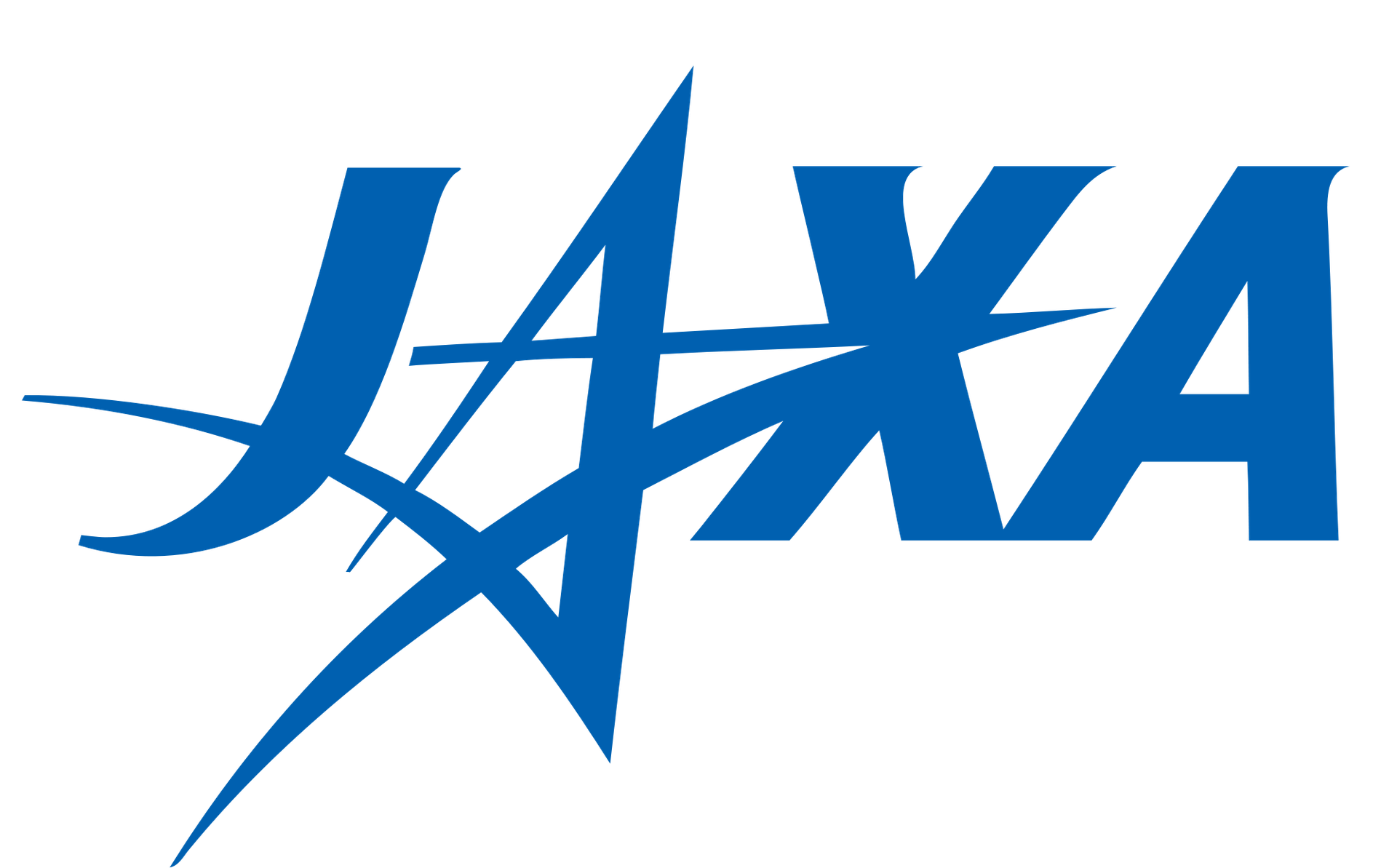XRISM & SLIM
H-IIA 202
Japan Aerospace Exploration Agency
Mission
XRISM & SLIM
- Type: Astrophysics
- Orbit: Lunar Orbit
- Launch Cost: $90,000,000
X-Ray Imaging and Spectroscopy Mission (XRISM), formerly the X-Ray Astronomy Recovery Mission (XARM), is a replacement for the Hitomi satellite that malfunctioned few weeks after the launch.
Smart Lander for Investigating Moon (SLIM) is a lunar probe that will target a landing on a small crater in Mare Nectaris, an area located near the moon’s equator on the side facing Earth.
Location
Rocket
Mitsubishi Heavy Industries H-IIA 202
H-IIA (H2A) is an active expendable launch system operated by Mitsubishi Heavy Industries (MHI) for the Japan Aerospace Exploration Agency. The liquid-fueled H-IIA rockets have been used to launch satellites into geostationary orbit, to launch a lunar orbiting spacecraft, and to launch Akatsuki, which studied the planet Venus. Launches occur at the Tanegashima Space Center.
Agency
Japan Aerospace Exploration Agency
The Japan Aerospace Exploration Agency (JAXA) is Japan’s national aero-space agency. Through the merger of three previously independent organizations, JAXA was formed on 1 October 2003. JAXA is responsible for research, technology development and the launch of satellites into orbit, and is involved in many more advanced missions, such as asteroid exploration and possible manned exploration of the Moon. JAXA launch their Epsilon vehicle from the Uchinoura Space Center and their H-II vehicles from the Tanegashima Space Center.


